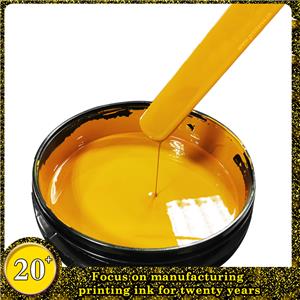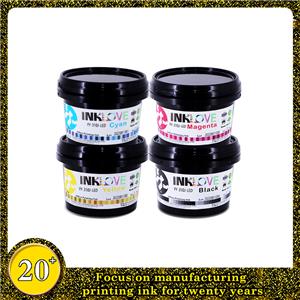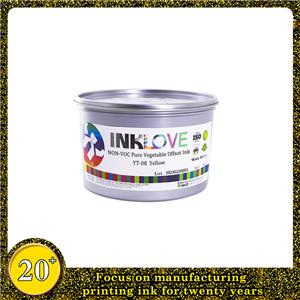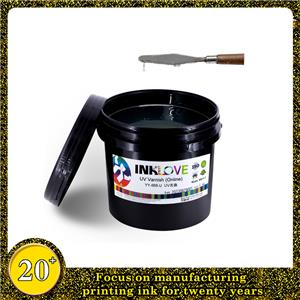The Process Details That Must be Mastered in Offset Printing Production
Since the offset printing process involves both physics and chemistry, it has higher requirements for mastering the process and technology. Often due to problems such as the process and technical level of managers and operators, there are many offset printing failures.
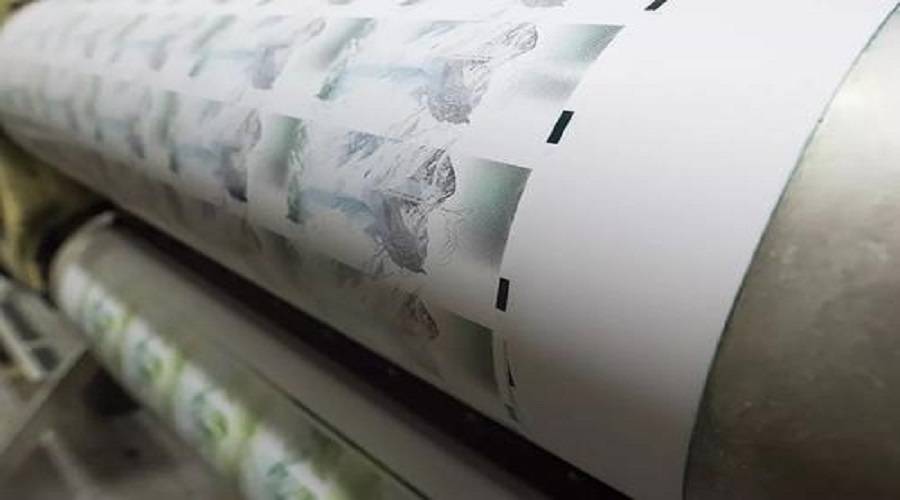
【01Offset printing characteristics】
Offset printing uses the principle of repulsion between oil and water to print on the same printing plate. The graphic part is lipophilic and hydrophobic, and the blank part is hydrophilic and oleophobic. This is the most obvious difference between offset printing and other printing, and it is also the key to offset printing technology.
In the case where both ink and water exist on the printing plate layout, the ink that transmits the ink is mixed with water. Due to the high-speed rotation of the ink mixing, the water is mixed into the ink under the extrusion action of mechanical force, causing the ink to emulsify and normal printing. reach a reasonable emulsification value. Therefore, offset printing actually uses the principle of mutual repulsion between oil and water, and the characteristics of mutual emulsification of oil and water.
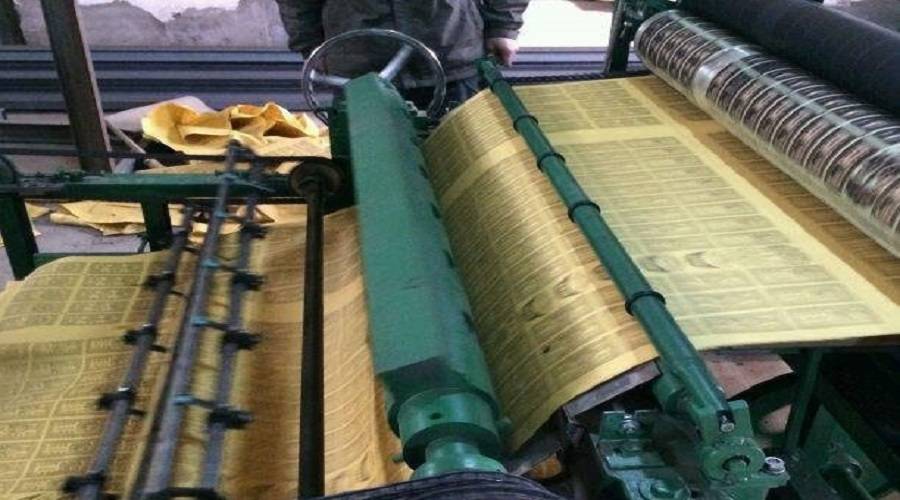
According to foreign experimental data, when offset printing can normally print, the reasonable emulsification value of ink is about 20~25% of water.
There is no instrument in the measurement, and it is determined by the operator's technology and experience, which contains unstable factors, which increases the occurrence of possibility of failure.
The water used in offset printing is not pure water. The PVA plate contains phosphorus and chromic acid in the water, which corrodes the layout greatly.
The sand grains in the blank part continue to increase the organic salt layer, and at the same time corrode the base paint in the graphic part, resulting in a decrease in the printing plate durability.
The wetting powder added to the water for the PS version contains more than ten chemical components, and is a slightly acidic wetting agent with a cleaning effect.It is extremely corrosive to the printing plate.
【02 Printing pressure】
Printing pressure is also a major basis for process technology. Because offset printing is indirect printing, the image is transferred from the plate cylinder to the blanket, the first imprint is performed. After the blanket cylinder is inked, the imprint is transferred to the substrate. This is the second imprint.
The pressure required for printing is different. How to achieve the realm of "ideal pressure" requires some effort.
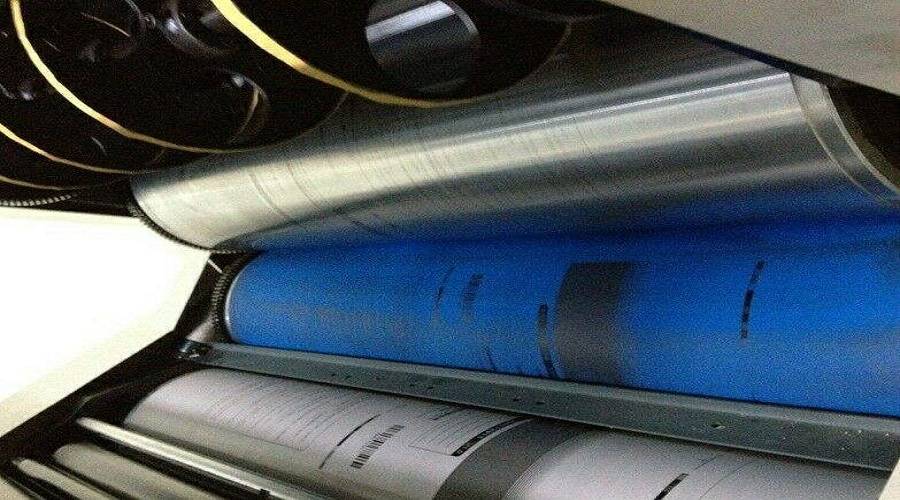
In general offset printing presses, the pressure between the plate cylinder and the blanket cylinder is about 0.10mm; the pressure between the blanket cylinder and the impression cylinder is about 0.20 ~ 0.25mm. With the adoption of the PS plate with better flatness and the imported air-cushion blanket, the pressure between the plate cylinder and the blanket cylinder is more convenient. For example, the imported Heidelberg four-color machine can print at 0.05mm.
The pressure used in offset printing is achieved by calculating the radius of the cylinder, measuring the center distance, measuring and increasing or decreasing the number of pads. The offset printing pressure must be standardized and digitally controlled. It is not allowed to arbitrarily increase the padding and blindly increase the pressure, so that the pressure suddenly increases.change, the linear speed of the surface of the roller varies, the friction of the contact surface increases, and even other problems such as greasy, ghosting, ink sticks, etc. may occur barrier. Therefore, the correct use and adjustment of the printing pressure is an important part of the I-art technology required for printing products.
【03 Overprinbnot allowed】
Overprinting can be divided into vertical overprinting and horizontal overprinting. There is a saying that the overprinting can be ensured by saying that the paper is always tightly controlled by the parts during the transmission process. "Actually this sentence is incomplete.
For example, the imprinting tooth shaft or the sleeve is worn, although it can be firmly controlled when transporting the paper, but it cannot be properly controlled. This
For example, a person is holding a ball with both hands. With both arms straight, he can hold it firmly, and with both arms bent, he can hold a ball firmly. However, the distance and stability of the ball held by two different positions are different from the human body. . Therefore, it should be said that it is properly and firmly controlled to ensure accurate overprinting.”
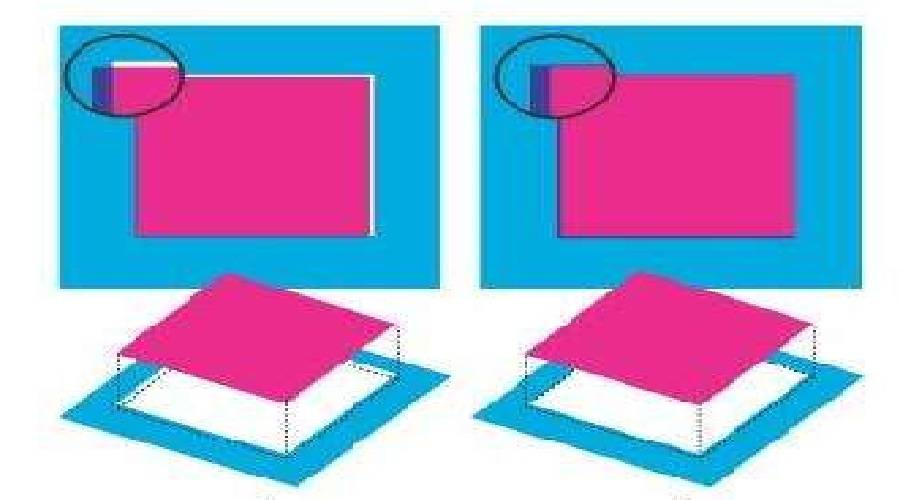
There are many reasons for inaccurate overprinting, the common ones are: paper stretching, paper feeding crooked, inaccurate rules and positioning, poor clenching force enough, the tooth shaft is worn, the handover does not meet the requirements, and the transmission parts of the transfer tooth are worn.
In addition, some special factors can also cause inaccurate registration, such as large deformation of the rubber layout, which can also make the image partial registration inaccurate;The axial movement of the paper tooth shaft and the printing cylinder shaft will cause inaccurate horizontal overprinting, etc.
【04 Color sequence arrangement】
In the past, the printing color sequence of the monochrome machine was always in the order of yellow, red, blue, and ink. The major difficulty in this color sequence arrangement was to sign the yellow.
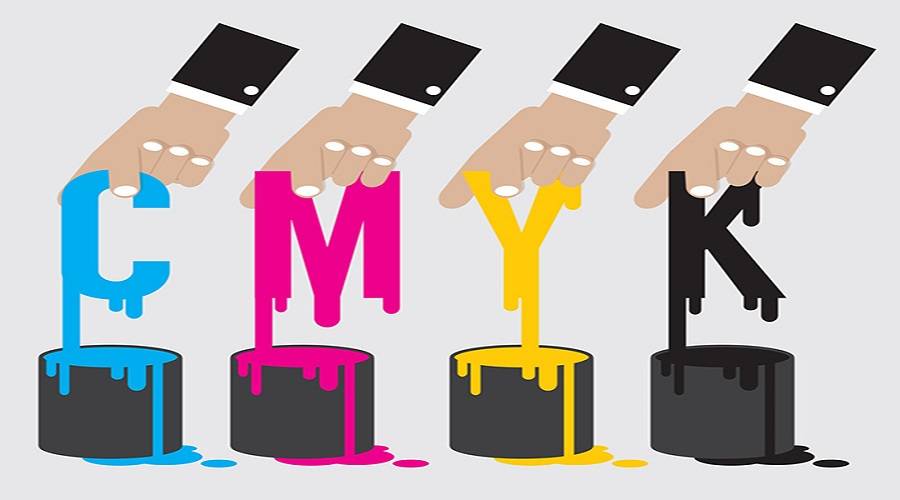
The printing samples of the version and the red version, especially the first color yellow version, are related to the color reproduction and reproduction effect of the printed matter.
If the yellow plate is printed too darkly, the skin color of the characters will have no sense of vitality, and the house will be as old as an ancient temple, which is unacceptable; Not good looking either.
There are two main reasons for the color cast of the yellow plate sample: - it is the retinal color discrimination cells of the human eye, which have the lowest ability to distinguish yellow; second, people do not know much about the oil absorption of paper, lack instrument detection, and master the size of the sample. , often resulting in too deep, too light ills.
The color sequence arrangement of the two-color machine can place the yellow version and the blue version in the same printing process. However, the two-color machine often produces irregular A and B ghosts on the two corners of the trailing tip due to wet-on-wet printing, which requires changing the color sequence to solve the problem in the process arrangement.
For multi-color offset printing machines with more than four colors, since the three colors are wet-on-wet printing, the color sequence is arranged according to the viscosity of each color ink, from high to low, otherwise reverse overprinting failure will occur, resulting in the dark color of the ink. Sometimes the first few colors will also produce A and B ghosts, and the color sequence should be adjusted as necessary.

